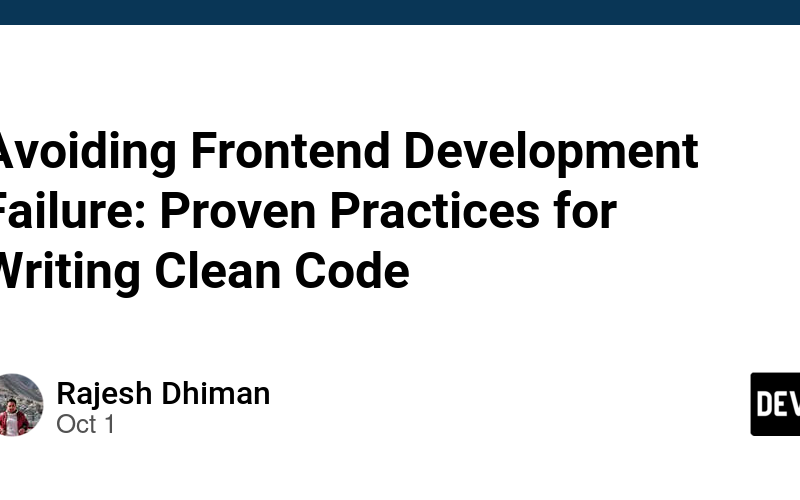Introduction
Have you ever felt overwhelmed by messy code that seems impossible to untangle or scale? If you have, you’re not alone. Many developers face challenges with maintaining a clean codebase, which is essential for the long-term success and scalability of projects. Let’s explore some effective strategies to keep your code manageable and your projects running smoothly.
Understanding the Basics: What is Clean Code?
Clean code means writing code that is easy to understand, simple to modify, and enjoyable to work with. But why is it so important? Ignoring clean code principles can lead to delayed projects, increased technical debt, and frustration. So, how do you write code that you or someone else will appreciate in the future?
Every developer has faced the daunting task of debugging or enhancing poorly written code at some point. It’s frustrating and time-consuming. Recognizing this common issue highlights the importance of adopting best practices early and consistently.
Implement Proven Practices
1. Embrace Modular Design
Break your applications into smaller, reusable parts. This approach makes your code cleaner and easier to test and maintain. For example, in React:
function WelcomeMessage({ name }) {
return <h1>Welcome, {name}!</h1>;
}
Modular design helps isolate issues and update parts of your application without unintended consequences.
2. Follow the DRY Principle
Don’t Repeat Yourself—this principle is about reducing repetition. Keep a single source of truth for your data and functionality to make your codebase less prone to errors and easier to manage.
3. Use Descriptive Naming
Names for variables, functions, and classes should clearly indicate what they do. Avoid unclear abbreviations and ensure that a piece of code can explain itself.
4. Prioritize Code Reviews
Regularly reviewing code can prevent problematic code from becoming part of your codebase. It promotes shared ownership of the code and improves its quality.
5. Refactor Ruthlessly
Make refactoring a regular part of your development process. Address technical debt quickly to prevent it from accumulating and becoming overwhelming.
6. Automate Formatting and Linting
Tools like Prettier and ESLint can automatically enforce style and quality guidelines, saving time and ensuring consistency across the codebase.
Imagine a situation where you can understand what a module does at a glance, where adding features is as simple as adding new components, and where updates don’t cause unexpected problems. This is the benefit of clean code—it turns chaotic codebases into efficient systems that are pleasant to work with.
Engage with the Community
What strategies have you found effective in maintaining clean code? Share your experiences and tips in the comments below. Let’s learn from each other and improve our coding practices!
Practical Application and Final Takeaways
Start with small changes; even the smallest improvement in code cleanliness can significantly impact your project’s maintainability and scalability. Remember, every line of code you write is an investment in your project’s future. Make it count.
Now that you know these clean code practices, why not review your current projects? Identify one area that could benefit from better practices and plan to improve it this week. Your future self will thank you!
By embracing these practices, you ensure your frontend projects are not only successful in the short term but also scalable and maintainable in the long run.
Source link
lol

